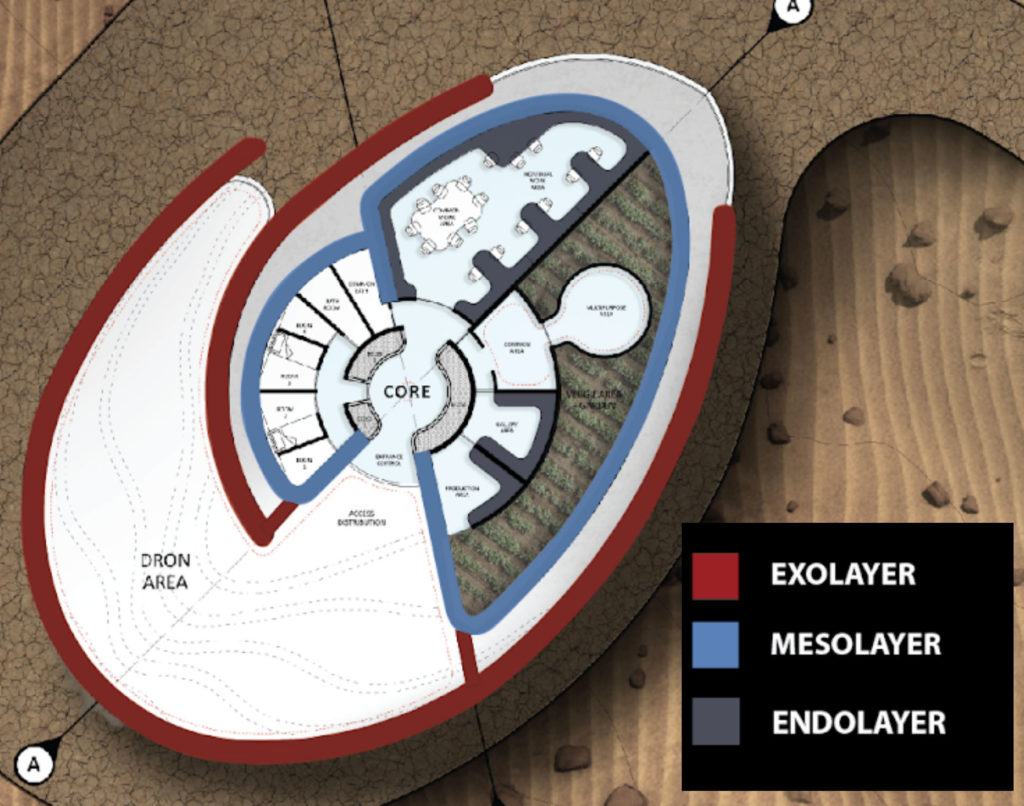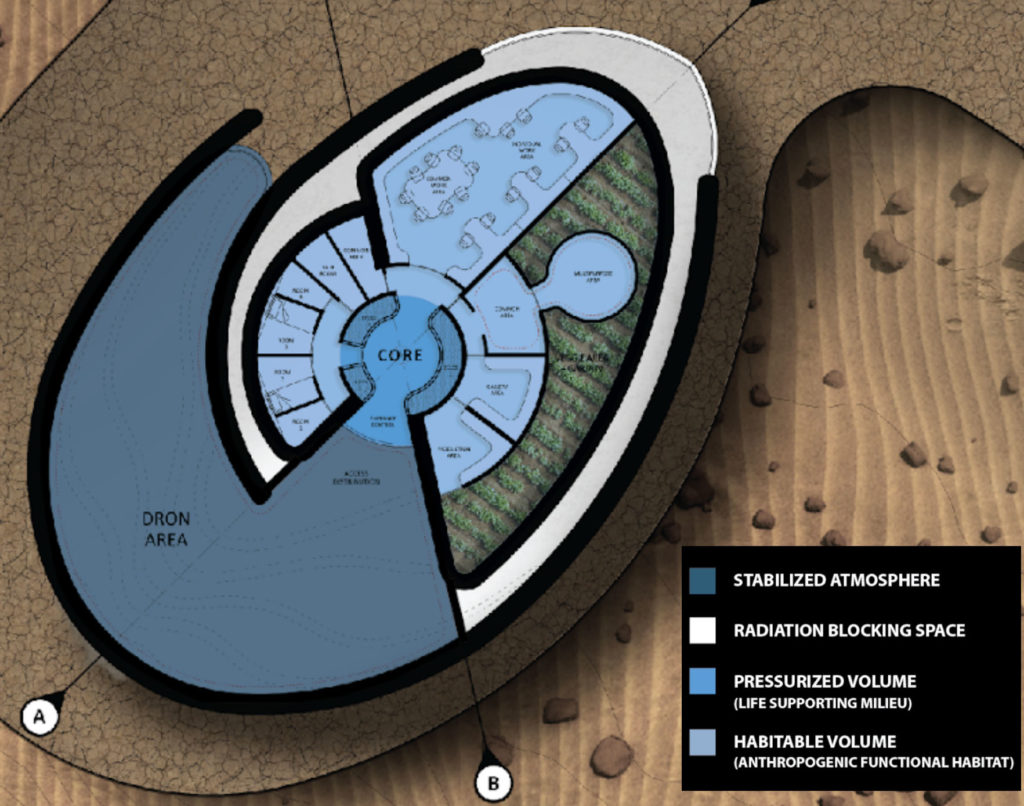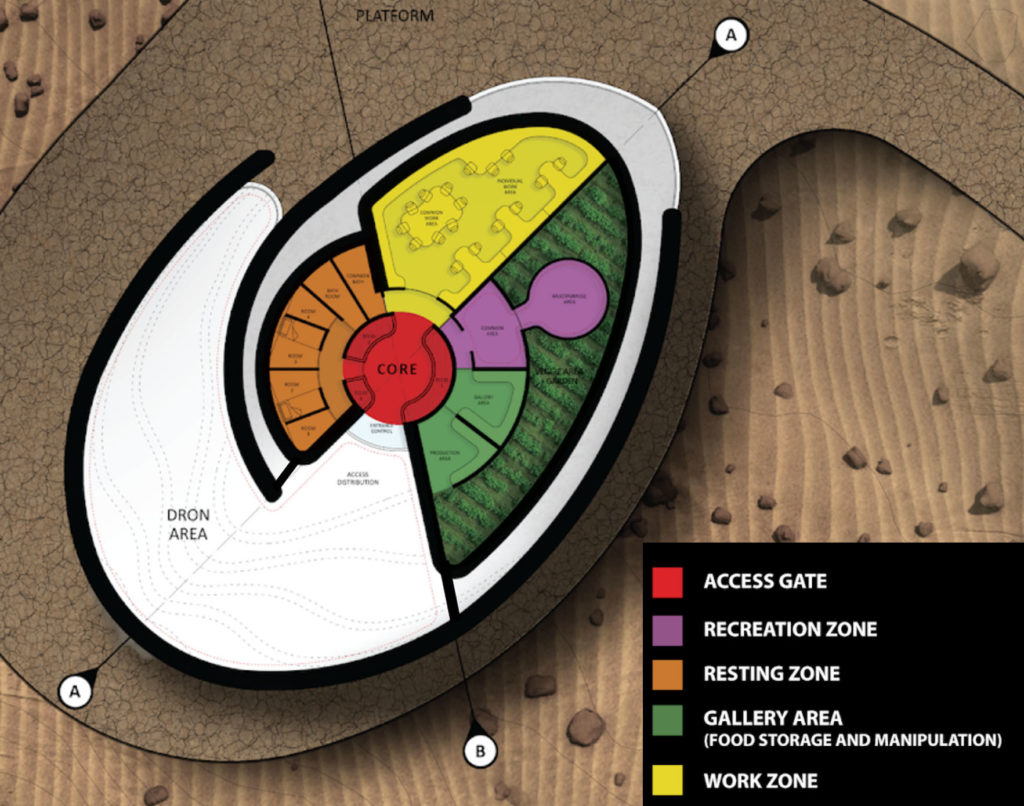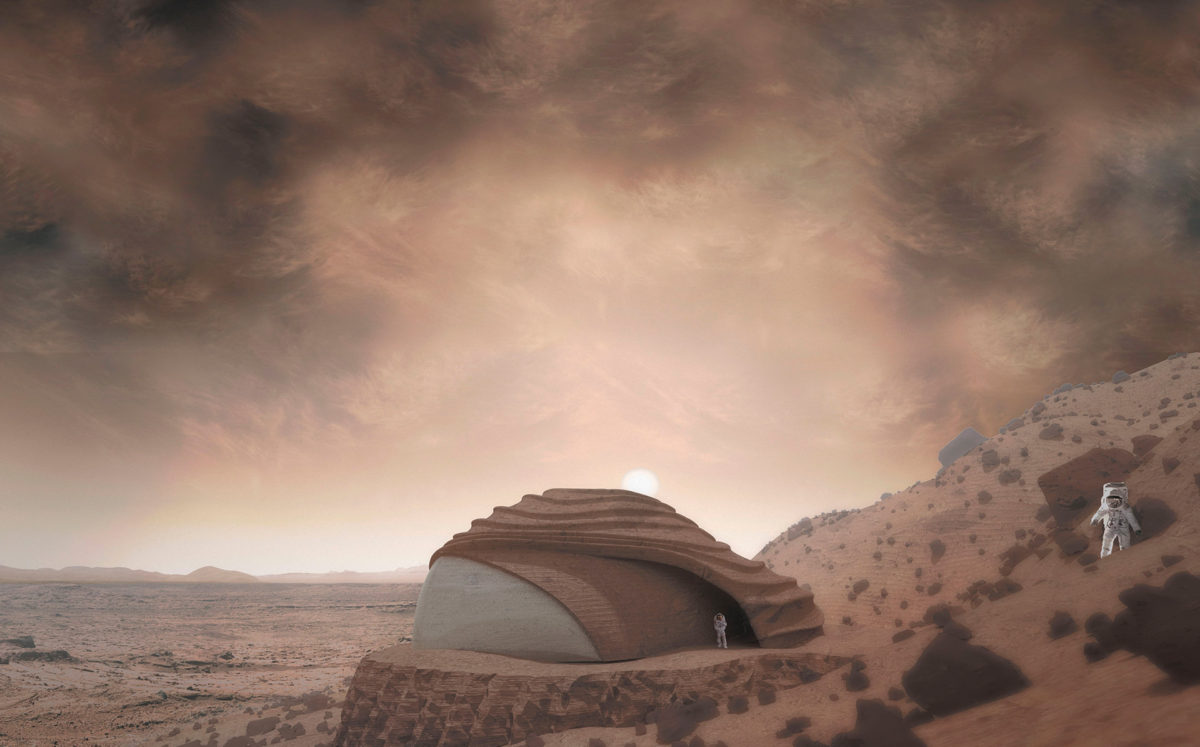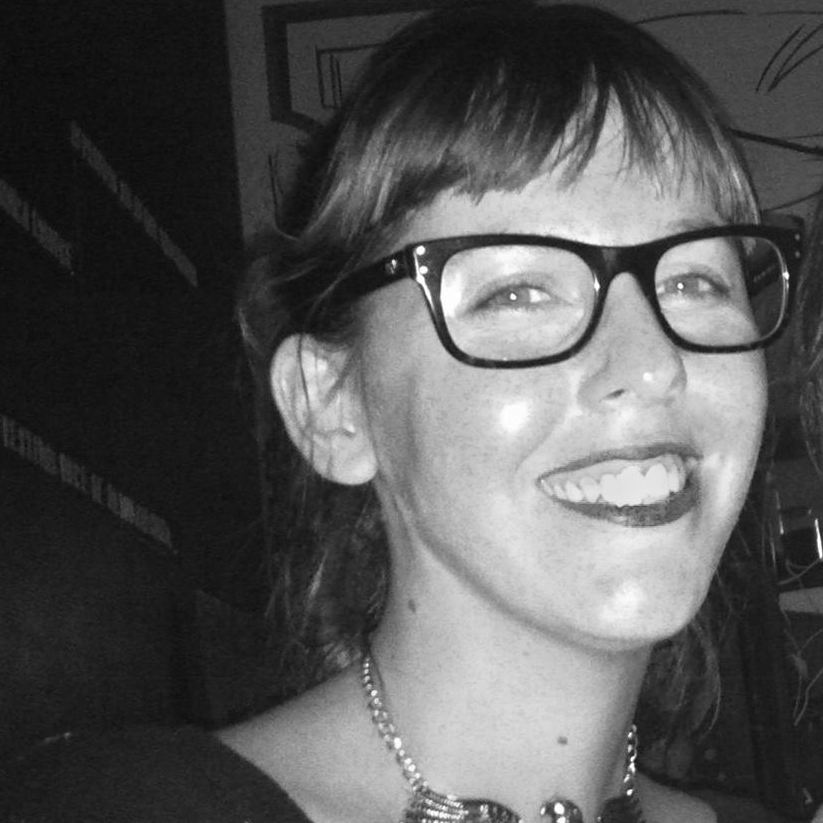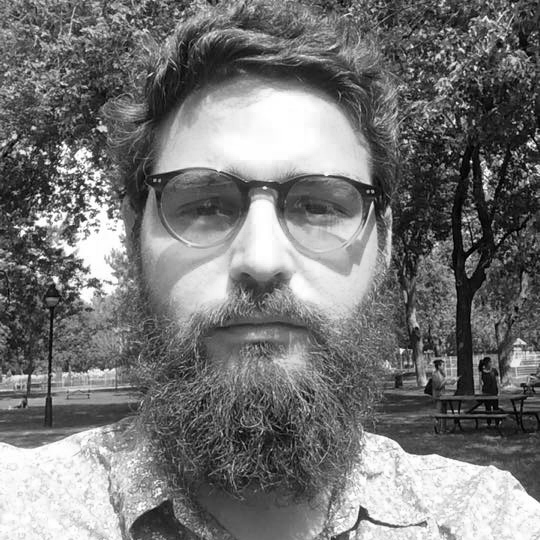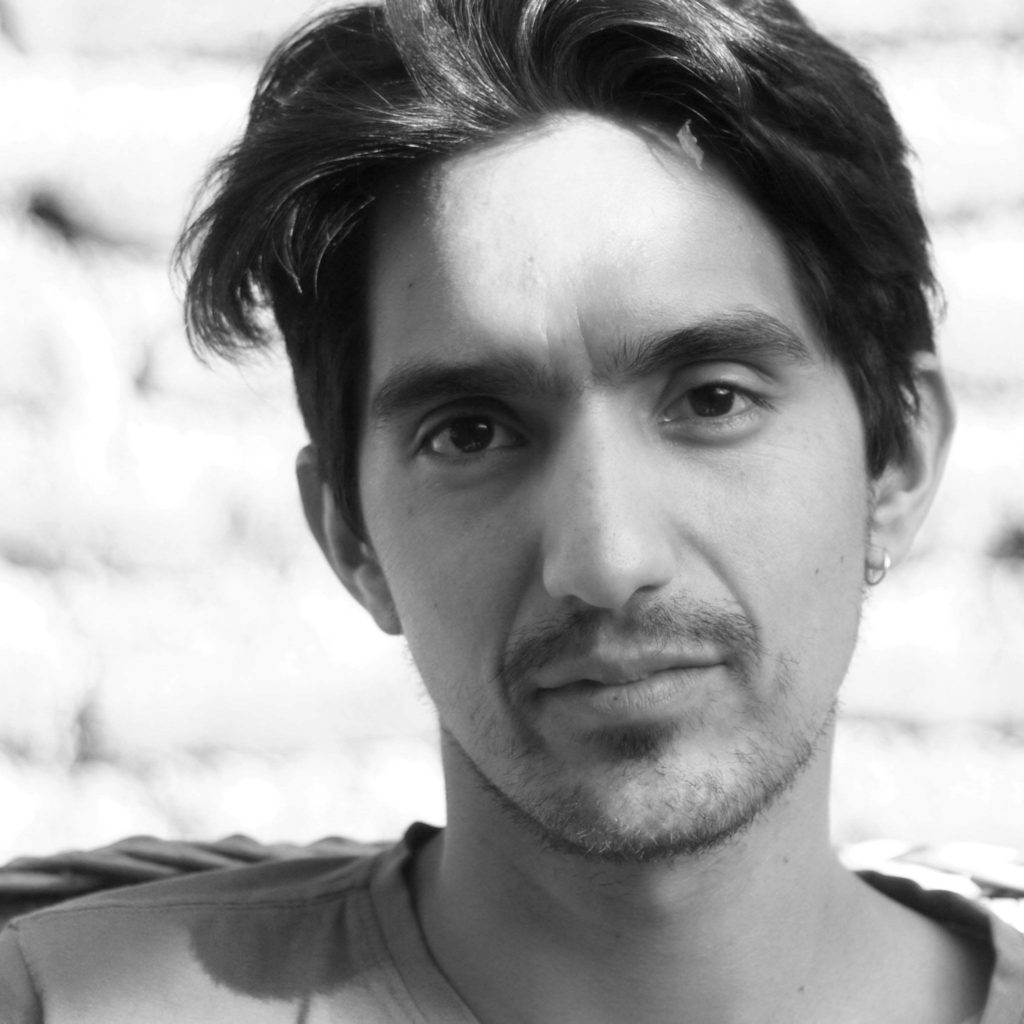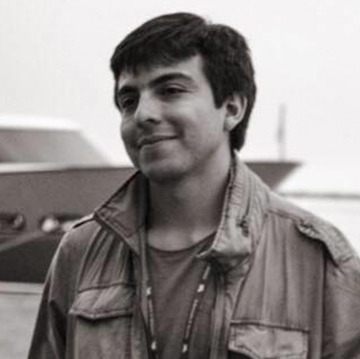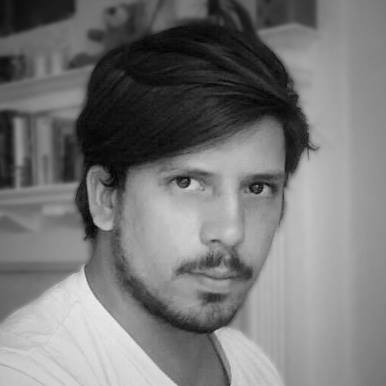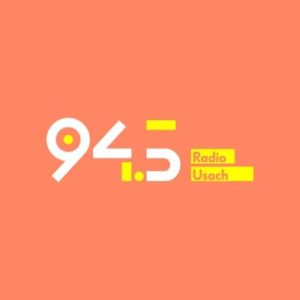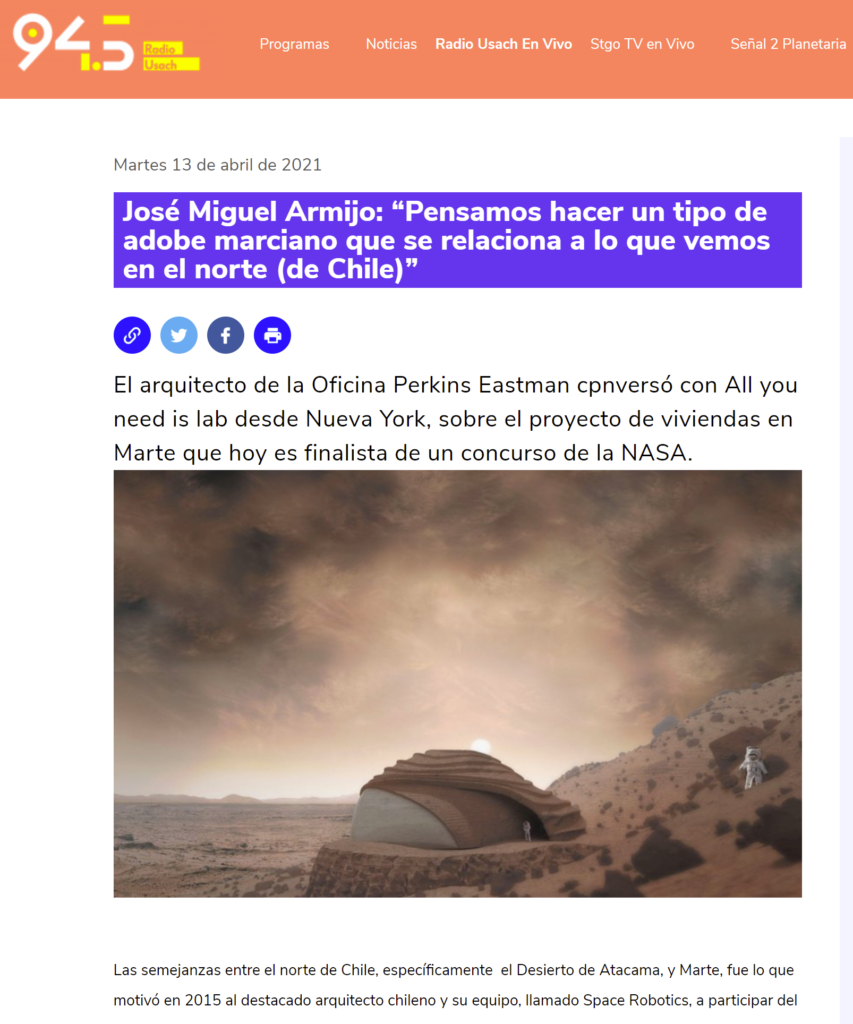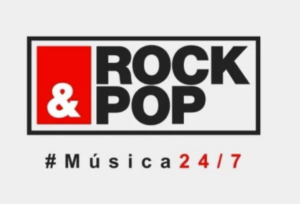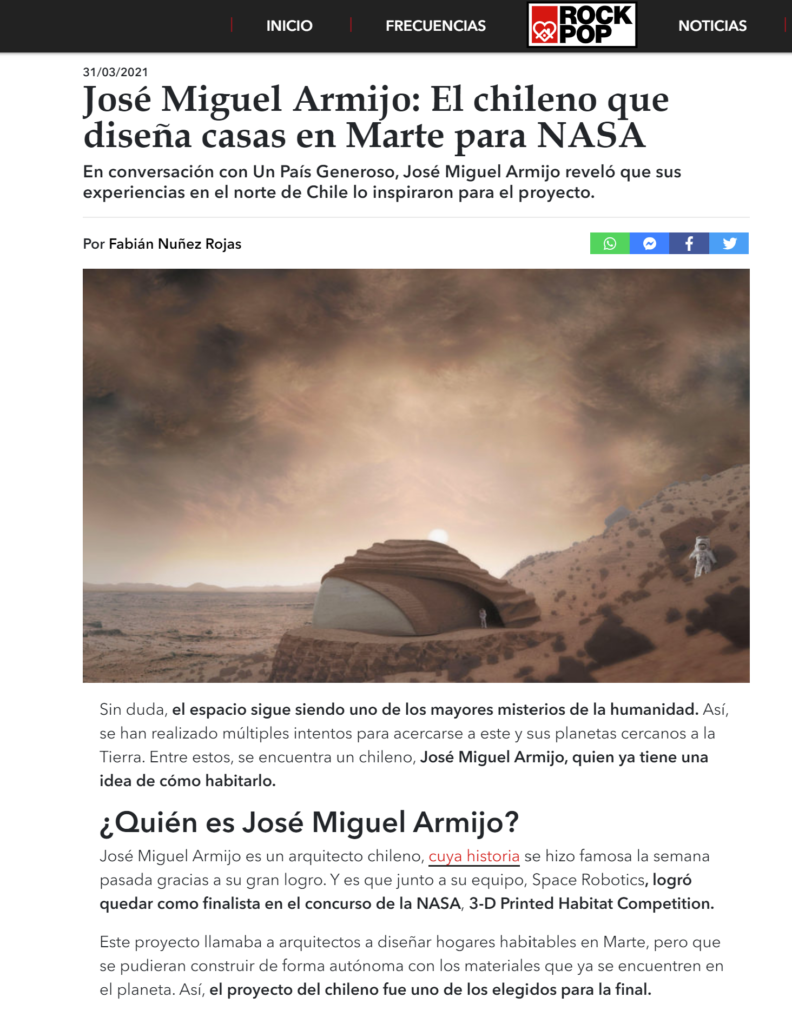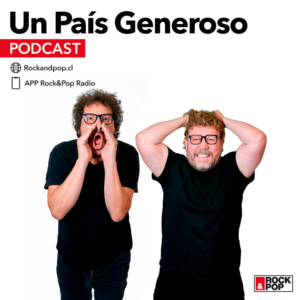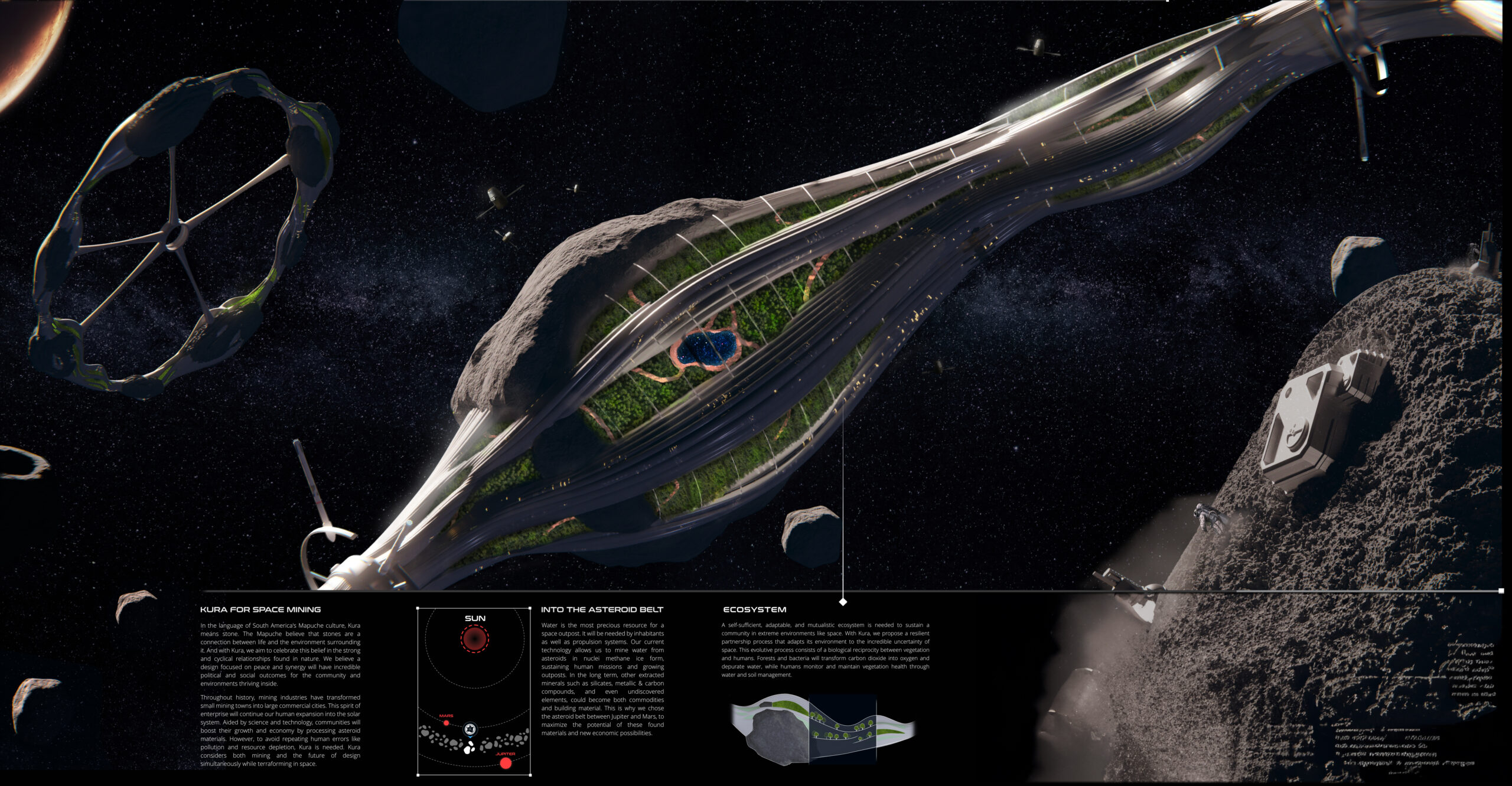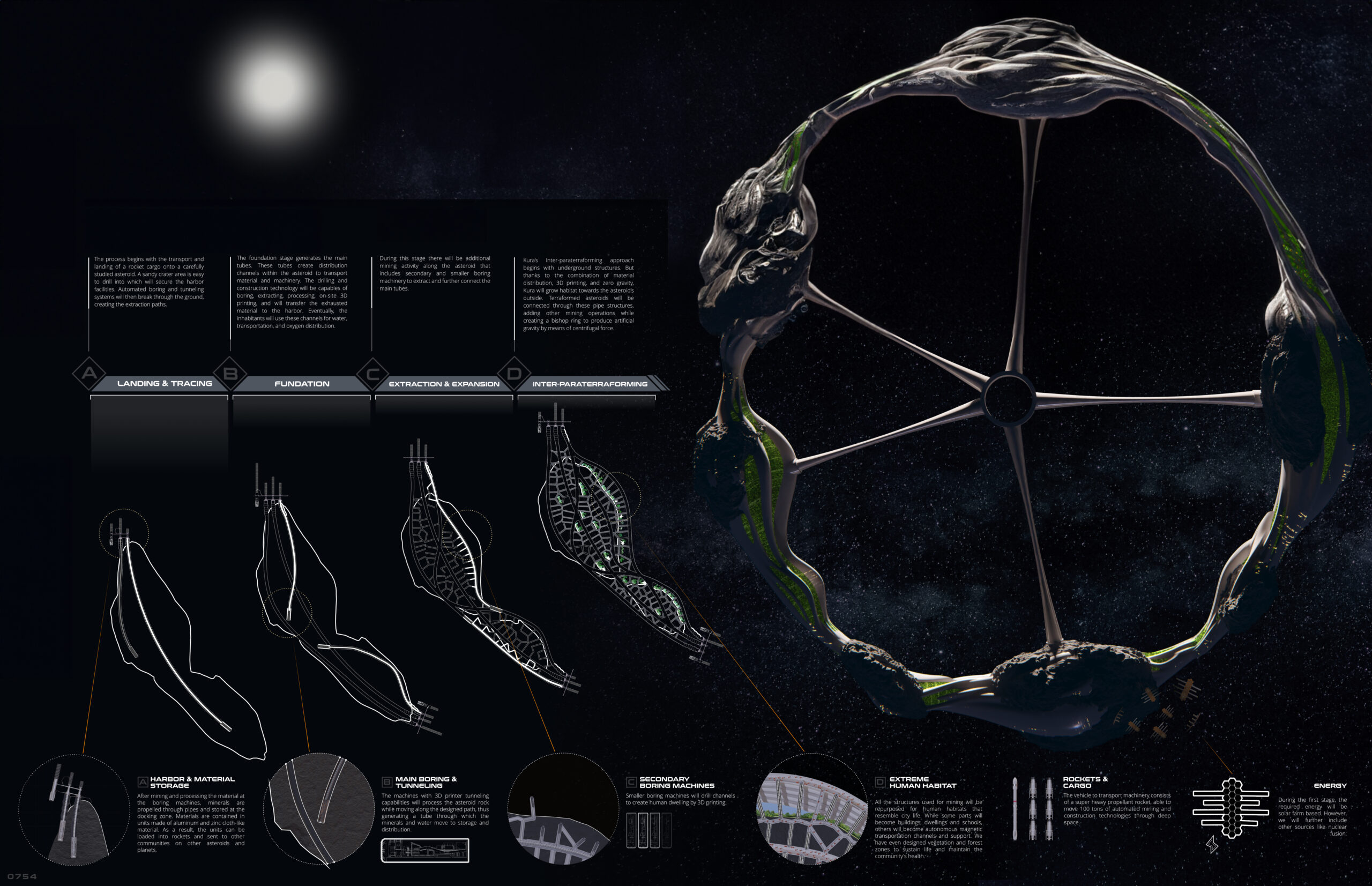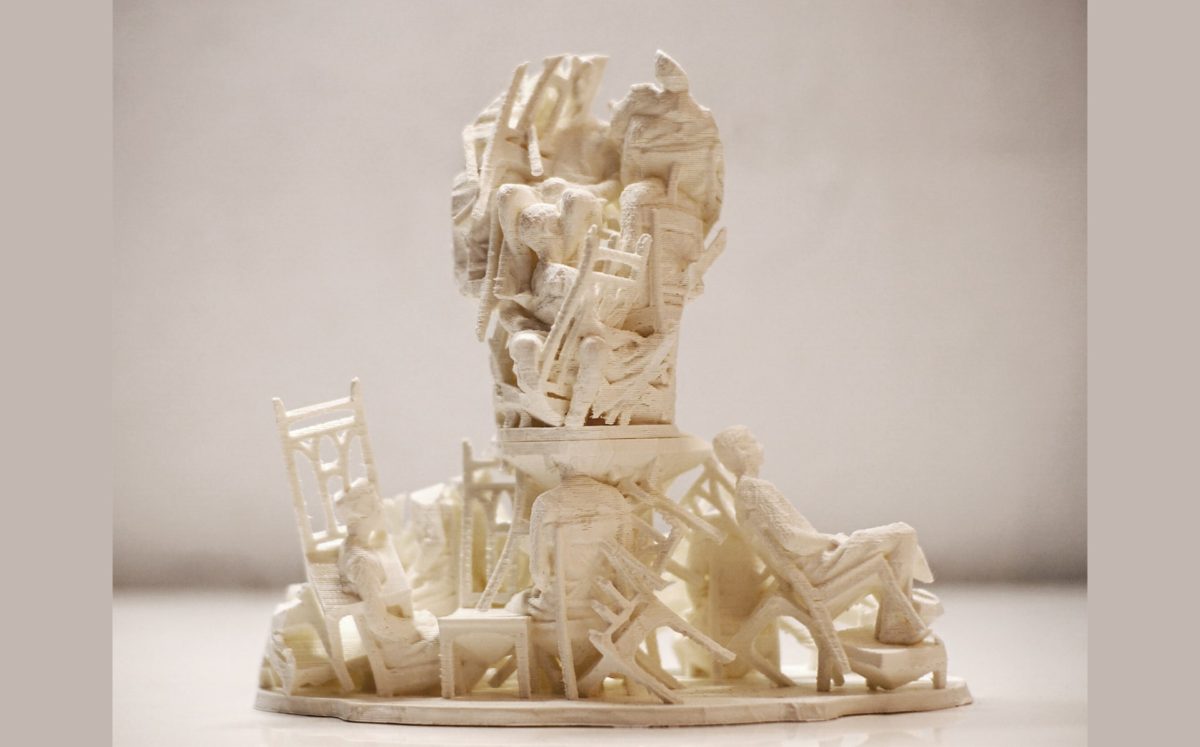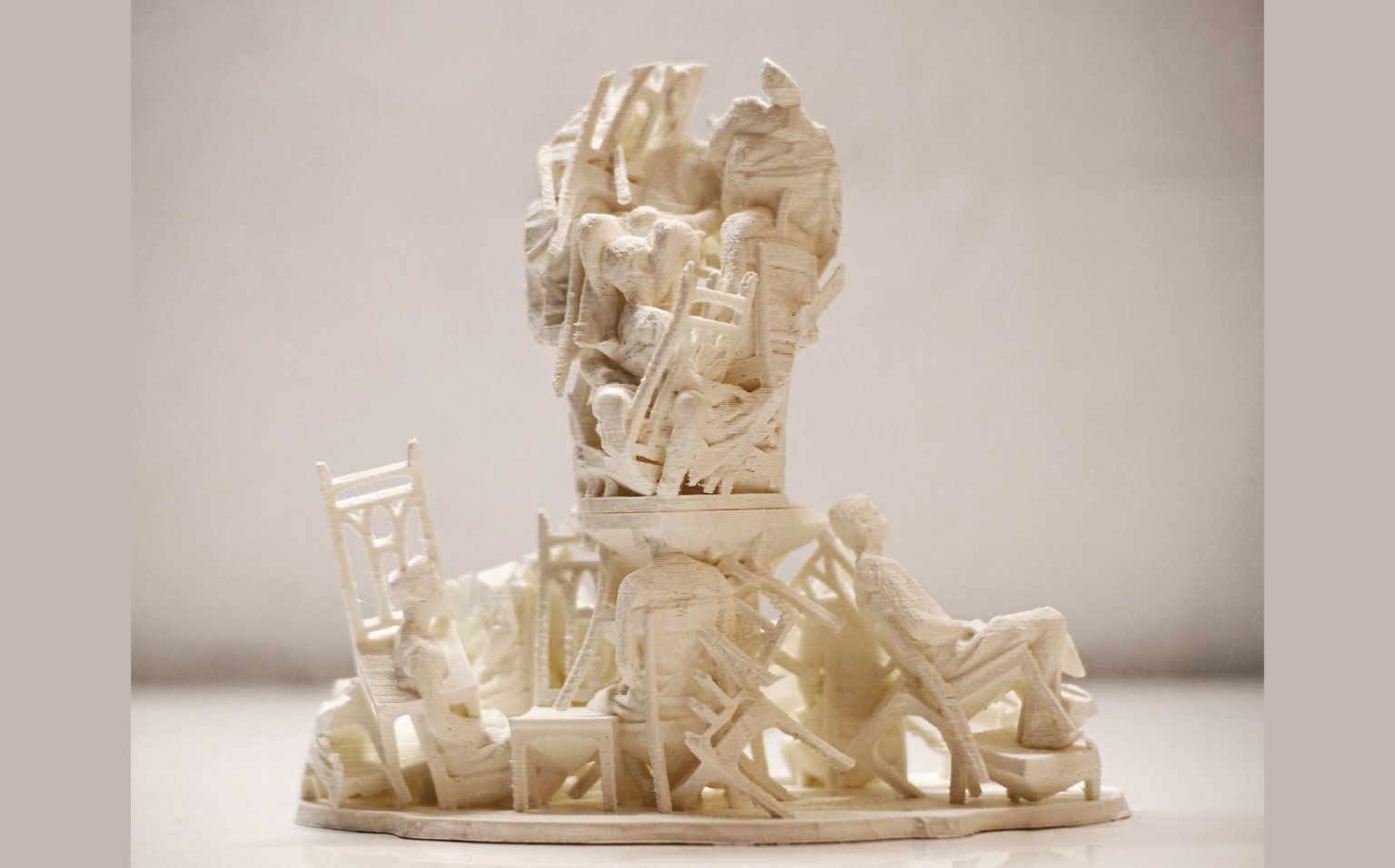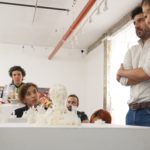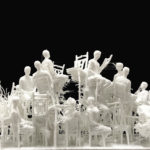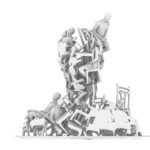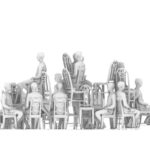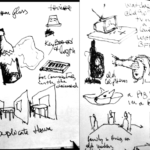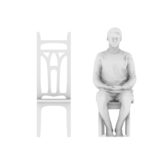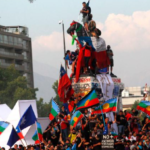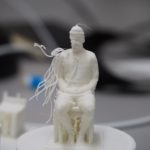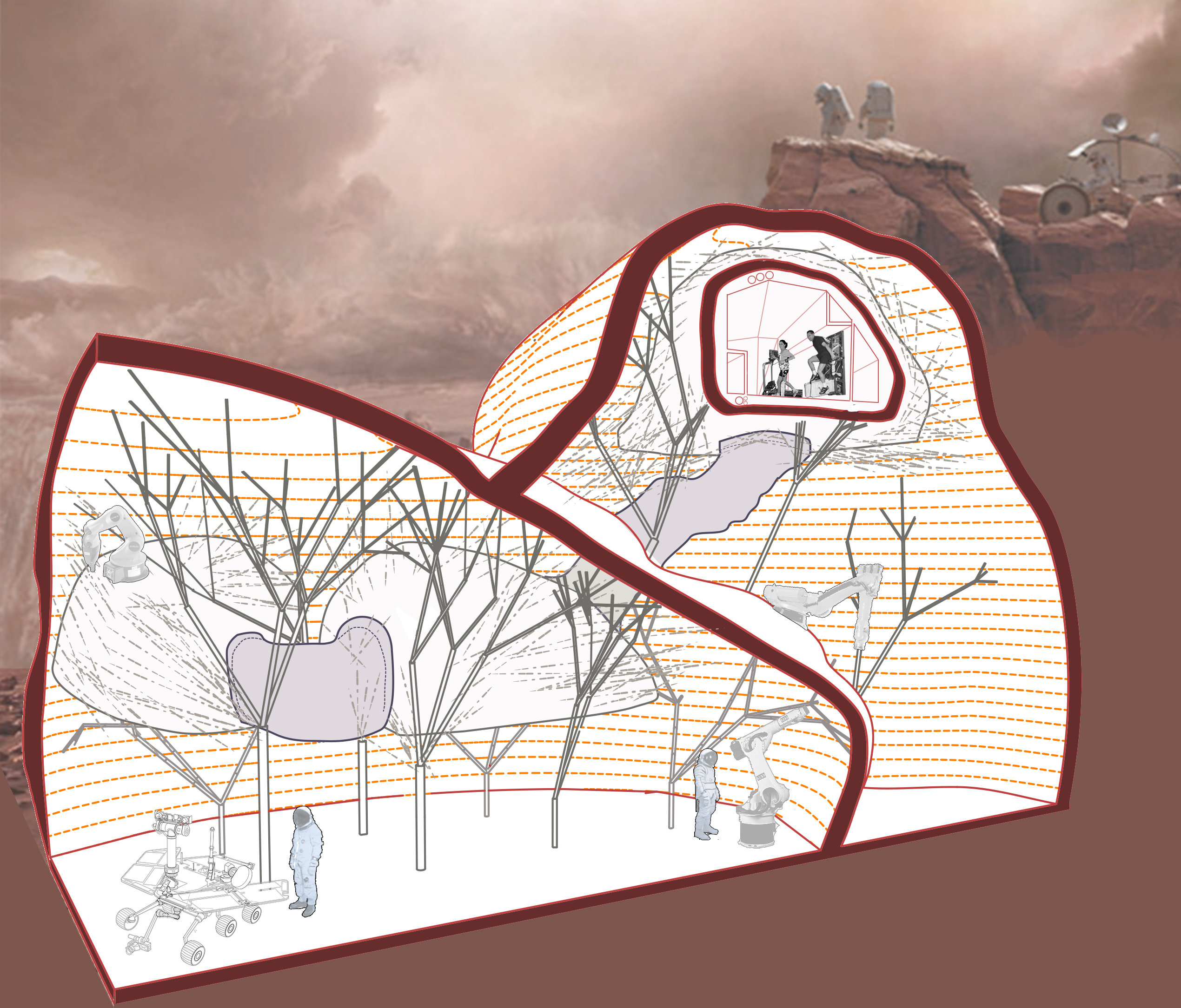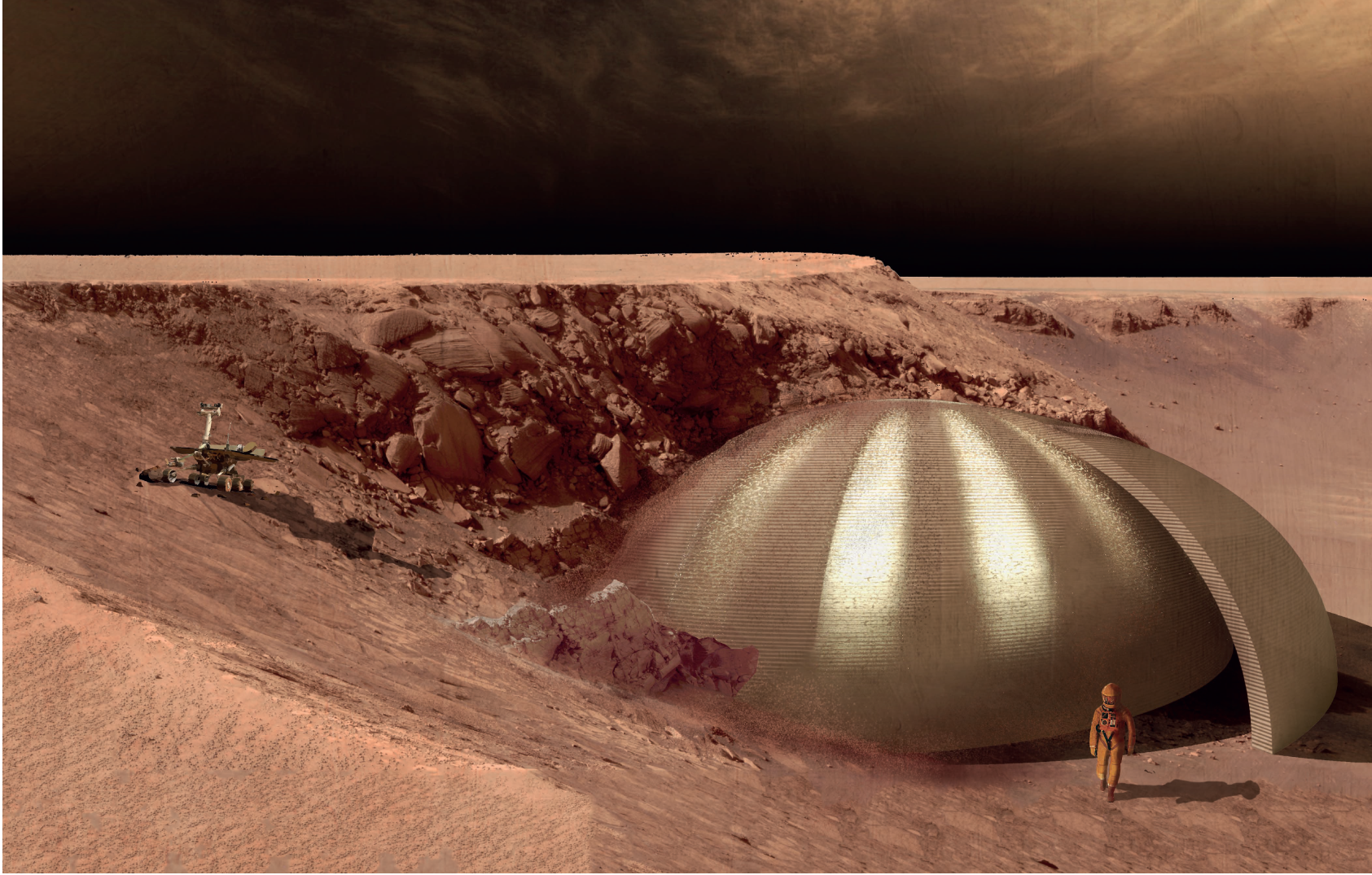“The epidemic functioned as a kind of trigger that brought out the tensions that already existed in our societies “ Slavoj Žižek talking about the Chilean Revolution and The Covid-19 Pandemic.
Before the 2020 pandemic, in 2019 my country Chile was in turmoil, 5 million people on the streets demanding dignity. People started to talk about the “ Social explosion” as the collective demand of structural democratic and economic system reforms. Something in my mind changed that day. I had all these ideas about Chile being the most stable country in the region, and they suddenly vanished leaving a vacuum that my mind started to fill with oniric images that have continued throughout the pandemic, for me this is a “ Social Implosion”.
Since 2018 New York City is my home, so during the “Social Explosion” I mostly watched the debates on Chilean TV with a current theme: the system was slowly but relentlessly collapsing like a badly tied balloon filled with Post Dictatorship Neoliberalism Friedman air. By ear, the people act against uncheck inequalities, the overpowered patriarchal power protest of “A Rapist in Your Path” by Las Tesis, antidemocratic blocks inherited from facism, and a large extecetra. On the eye, My timeline was flooded with massive gatherings of my countrymen and the brutal response by the police. I tried to support family and friends remotely during the “Social Explosion”, while they were part of the million Chilean March, paradoxically, I live this in partial isolation.
Parallel to that, I had a plentiful of dreams that had a charge symbolism from the “social implosion idea” and I registered all of them with the aim to create something. Since art school, I kept a dream journal with the purpose of dialoguing with my unconsciousness by recording the most significant images. In return, I believe to have a better understanding of the feelings and processes and a baseline for art creation. One periodical dream during that time that has come back in the pandemic goes like this: I was sitting in a dining room, at my childhood suburban house in Santiago, the table and the chairs feel like from an old church school (they always did), there are people that I don’t recognize where there should be my sisters and parents. What’s more, there are empty chairs between them (like social distancing), making it hard to communicate. Also, and the table is empty and we are waiting for the food to arrive (but never does). Now, if I look to the sides and end of the room, there are arches (like my house had) and across those are endless tables with similar faceless and numb people. I can’t get up or talk, but I heard a loud group of people chanting and protesting from the streets behind me.
Because of this dream, I was compelled to make a study about bringing this image to “life” by 3d printing the scene of a faceless person sitting in a Catholic Chair, added to the idea of empty chairs, a figure that Biden has used to describe Covid-19 related death. But I was compelled to subvert my dream and randomly aggregate the pieces in ways that reflected the way my countrymen were doing in Santiago. In this process I encountered a lot of errors in the 3d printing machine and I decided to go along and force those errors to continue the idea of the tensions and decay between when the collapsed systems and the implosion of forms. In the future will continue this idea of bringing this aggregation of and try to manifest the error by 3d printing in different substrates like, mineral or fungus. And different Aggregations, like the shape of a head, representing the vote my country did to end Pinochet-Constitution and bring a new collective and diverse mind into the building of new idea of Social.
Michelson, C. (2020, October 16). Slavoj Žižek: “La dignidad es la respuesta popular al cinismo abierto de los que están en el poder”. Retrieved November 17, 2020, from https://www.latercera.com/tendencias/noticia/slavoj-zizek-la-dignidad-es-la-respuesta-popular-al-cinismo-abierto-de-los-que-estan-en-el-poder/INTXZWPPHRHPFPMSJF2NUK7QIU/ NADYA, T. (2020, September 23). LASTESIS Is on the 2020 TIME 100 List. Retrieved November 26, 2020, from https://time.com/collection/100-most-influential-people-2020/5888485/lastesis/
